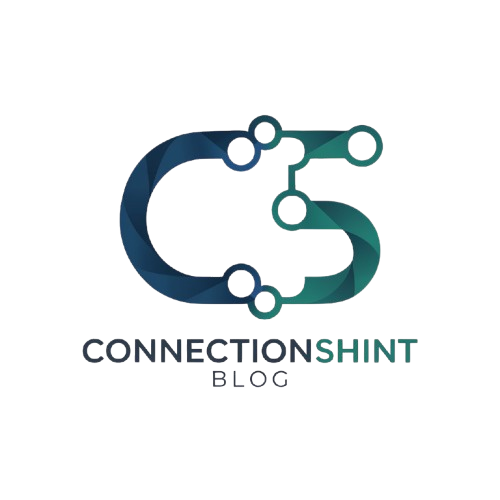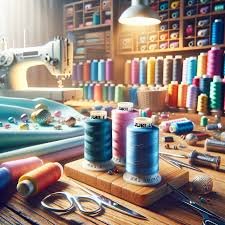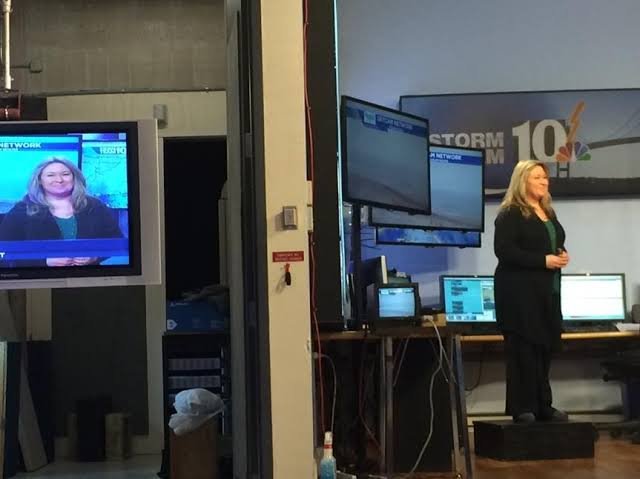Sewing machines are intricate tools, and the smallest components, like bobbins, play a crucial role in the smooth operation of the machine. If you’re a sewing enthusiast or professional, you’ve likely come across different types of bobbins, especially if you own or use a Juki sewing machine. Two common types are the Juki F and L bobbins, and a frequent question arises: Are Juki F and L bobbins the same? This article will delve into the differences and similarities between these two types of bobbins, the importance of using the right one for your machine, and how to ensure optimal performance.
What Are Bobbins and Why Do They Matter?
Before exploring the specifics of Juki F and L bobbins, it’s essential to understand the function of bobbins in sewing machines. A bobbin is a small spool that holds the lower thread, which works in conjunction with the upper thread (coming from the needle) to form stitches. As the needle passes through the fabric, it loops around the bobbin thread to create secure, even stitches. Without a properly functioning bobbin, sewing machines can experience issues like thread jams, inconsistent tension, or skipped stitches.
Different sewing machines use different bobbin sizes and types, and using the wrong one can lead to serious performance issues. Juki sewing machines, known for their reliability and precision, have specific bobbin requirements depending on the model.
Understanding Juki F Bobbins
Juki F bobbins are generally associated with specific models of industrial sewing machines, often designed for high-speed sewing. These machines are commonly used for tasks that require precision and durability, such as garment production, upholstery, and quilting. The F-type bobbins are made from durable materials like metal or plastic and are designed to handle the high demands of industrial sewing.
Key features of Juki F bobbins include:
- Size: They are usually larger in diameter and width compared to standard home sewing machine bobbins.
- Capacity: F bobbins tend to hold more thread, allowing for longer sewing sessions without frequent reloading, which is essential in commercial or high-volume sewing environments.
- Compatibility: These bobbins are compatible with specific Juki industrial models, such as the Juki DDL-8700 or other high-speed lockstitch machines.
The larger size and robust construction of F bobbins make them ideal for heavy-duty projects, but using them in a machine that is not designed for them can lead to problems such as thread tension issues or even damage to the sewing machine itself.
Understanding Juki L Bobbins
Juki L bobbins, on the other hand, are typically associated with domestic sewing machines or lighter-duty industrial models. These bobbins are smaller and are usually made of plastic, although metal versions exist for added durability. The L bobbins are designed for a wide variety of general-purpose sewing tasks, from crafting to dressmaking, and are suitable for most home sewing machines.
Key features of Juki L bobbins include:
- Size: Smaller in diameter and width compared to F bobbins, these are closer to standard bobbin sizes found in most home sewing machines.
- Capacity: They hold less thread than F bobbins, which means they may need to be changed more frequently during larger sewing projects.
- Compatibility: L bobbins are compatible with various Juki home models, such as the Juki TL-2010Q or other sewing machines designed for quilting and general sewing tasks.
Because L bobbins are intended for a lighter workload, they work best in machines built for precision sewing on delicate fabrics. Using an L bobbin in an industrial machine could cause issues because the machine’s speed and power may be too much for the smaller, lighter bobbin.
Differences Between Juki F and L Bobbins
While both types of bobbins serve the same basic purpose—holding the lower thread for sewing—there are several important differences between Juki F and L bobbins that make them incompatible with each other:
- Size and Shape:
- F bobbins are generally larger, both in diameter and width, compared to L bobbins. This size difference makes them incompatible with machines designed for smaller bobbins.
- The larger size of F bobbins means they fit only in machines with larger bobbin cases, while L bobbins are better suited for standard-sized bobbin cases found in home machines.
- Thread Capacity:
- F bobbins can hold more thread, which is crucial for high-volume sewing or commercial use. On the other hand, L bobbins have a smaller capacity, making them more appropriate for shorter sewing projects or for use in lighter-duty machines.
- Machine Compatibility:
- Juki F bobbins are designed for industrial machines like lockstitch models, which operate at higher speeds and require sturdier components.
- Juki L bobbins are compatible with domestic or quilting machines, which are often used at slower speeds and on more delicate fabrics.
- Material:
- F bobbins are often made from metal to withstand the higher speeds and tension of industrial machines.
- L bobbins can be made from either plastic or metal, depending on the machine’s requirements and the user’s preferences.
Why It’s Important to Use the Correct Bobbin
Using the correct bobbin type for your sewing machine is critical for several reasons. First and foremost, machine compatibility ensures that the bobbin fits properly within the bobbin case and runs smoothly without causing friction or thread tension problems. Using the wrong size bobbin can lead to sewing machine malfunctions, such as skipped stitches, thread breakage, or uneven tension.
Moreover, using an incorrect bobbin type can potentially damage the machine. Industrial machines are engineered for robust tasks, and using a smaller or lighter bobbin may cause stress on both the machine and the thread, leading to performance issues. Similarly, using a larger bobbin in a domestic machine can cause it to jam or malfunction, resulting in costly repairs.
Conclusion
To answer the question, Juki F and L bobbins are not the same. They differ in size, capacity, and the types of machines they are designed for. F bobbins are intended for high-speed industrial machines and are larger and more durable, while L bobbins are designed for domestic and lighter-duty sewing machines. Using the correct bobbin type is essential for ensuring your sewing machine performs at its best, preventing potential issues, and avoiding unnecessary repairs. Whether you’re working on a commercial project or a home craft, understanding the differences between these bobbin types will help you achieve the best results in your sewing endeavors.




